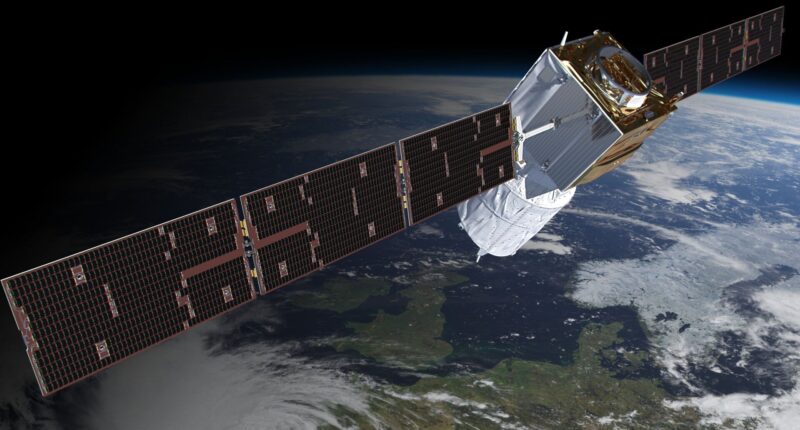A EUROPEAN Space Agency spacecraft is expected to plummet into Earth in just a few weeks.
The satellite, dubbed Aeolus, has been running out of fuel and is falling by about 0.6 miles a day, the ESA said.
The spacecraft measures around the size of a small car and weighs approximately 2866 pounds.
Sky News reported that while most of the aircraft will burn up in the atmosphere, some debris could reach Earth’s surface.
This is expected to happen in just a few weeks at the end of July or early August.
In an unprecedented move, the space agency plans to use the remaining fuel to steer the satellite toward a remote part of Earth.
The assisted re-entry is meant to reduce risks to human and animal life.
Tim Flohrer, head of ESA’s Space Debris Office, said: “This assisted re-entry attempt goes above and beyond safety regulations for the mission, which was planned and designed in the late 1990s.
“Once ESA and industrial partners found that it might be possible to further reduce the already minimal risk to life or infrastructure, the wheels were set in motion.
“Should all go to plan, Aeolus would be in line with current safety regulations for missions being designed today.”
Most read in News Tech
THE PLAN
Aeolus will first naturally lower itself from its operational altitude of 200 miles.
When it reaches an altitude of 174 miles, mission control in Germany will take over to implement a series of re-entry maneuvers.
These moves are expected to bring the satellite down to 93 miles above Earth.
The final commands will direct the spacecraft to an altitude where it will burn up in the atmosphere.
The satellite has been orbiting the planet at an altitude of 200 miles since August 2018.
It was launched to measure wind in the atmosphere to help better predict the weather.











